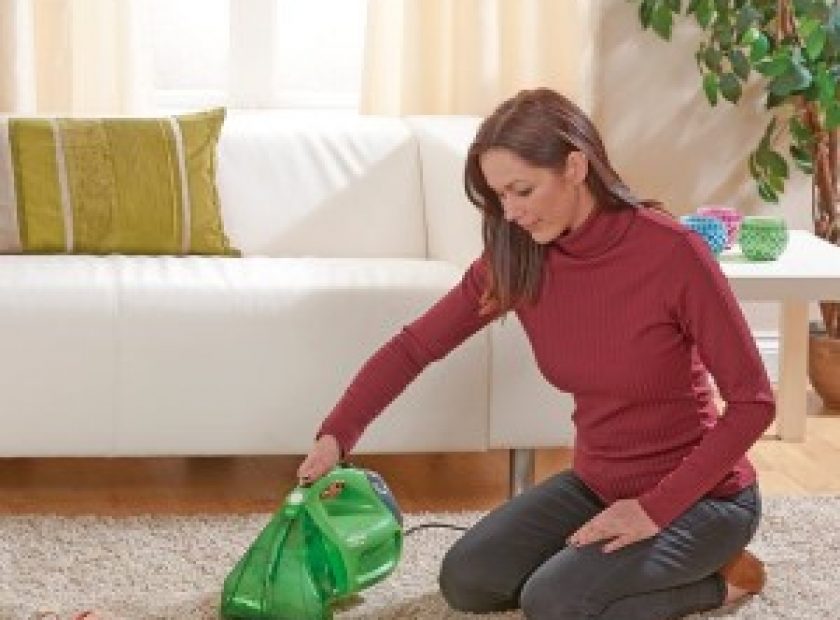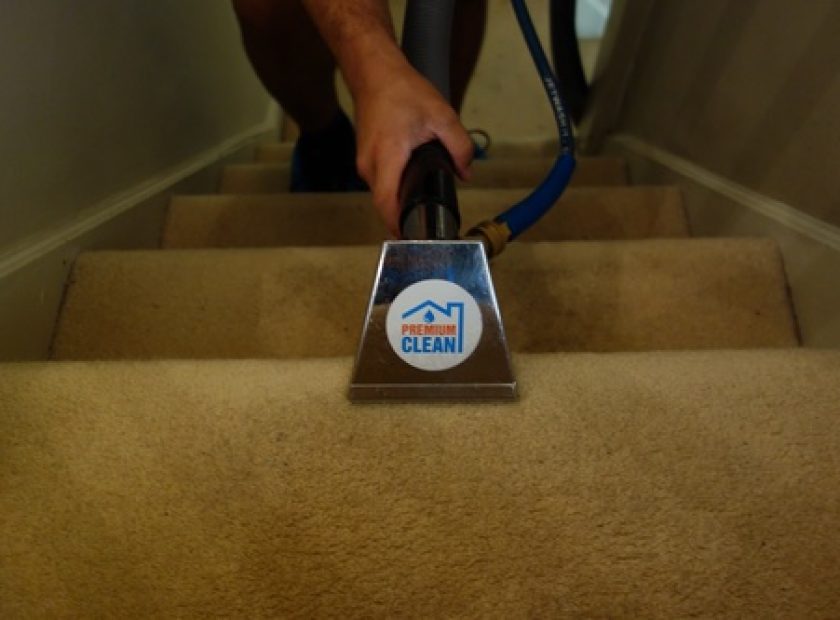Table of Contents
Types of Carpets
Until the 1950s carpets were most often made with cotton but nowadays, carpets can be made from numerous different types of material, so it can be overwhelming even thinking about getting new carpet! Thankfully, here at Premium Clean, we are experts on all the different types of carpets there are, from wearability to price to how to clean, and we have made this book for anyone who is thinking about purchasing a new carpet or wants to know more about their current carpet. First, we will look at the types of material carpets are made from. They can be natural carpets made from renewable materials, synthetic carpets made from manmade materials, or a mix of both. We will then take a look what the different options for the pile of the carpet are, and lastly, we will focus on the up keep up and cleaning of your carpets. If you would like to know any additional information, please feel free to call us at any time. Professional carpet cleaning London service is available with our experienced technicians.
Natural Carpets – these are carpets made from natural materials without the use of any manmade chemicals.
Wool
Wool is one of the more well-known types of natural material and a lot of people are aware that wool is made to make clothing, blankets, rugs and carpets. Wool carpets in London are most often made from the strands of a sheep’s woolly coat, but also can be made from goats’ fur and even (although less common), rabbits fur. Carpets made from a natural material can often be more high maintenance than synthetic carpets, and this does include wool carpets, but wool carpets are a timeless, popular choice for many reasons. They provide excellent insulation which helps to keep your home nice and warm (without putting or keeping the heating on), they are hypoallergenic, so they are good for people with allergies and asthma, and they are fire and dirt resistant. Wool carpets can be expensive in comparison to some other types of carpets but if a wool carpet is well looked after and cleaned often, it will last a very long time so they can be well worth the extra pennies. If a wool carpet is not looked after properly, they can be prone to shedding which can become troublesome and cause the carpet to get thin and look worn. Wool carpets are very absorbent which means they do unfortunately absorb spillages quickly and can therefore be more prone to stains. They will also take longer than the average carpet to dry after a steam clean, we usually advise 8 to 24 hours, depending on the condition of the carpet before the clean – a cleaner carpet will dry more quickly. The plus side of being a very absorbent carpet is that they are a natural humidifier which means they will help your house to stay cooler on hot days as well as warmer on hot summer days. Unfortunately, a wool carpet can sometimes attract insects who will mistake the carpet for a live mammal, but thankfully infestations are unlikely as long the carpet is regularly vacuumed.
Sisal
Sisal is another type of natural, organic carpet. They are made from long, strong, tough fibres from a desert plant with spiky leaves called the agave sisalana plant which is native to hot countries such as America, Africa, and the Caribbean. The fibres are often woven into carpets and rugs, but Sisal is used to make a number of other things too such as bags and ropes. It is arguably one of the most durable types of natural carpet there are due to its rugged fibres and is a great option if you are looking for a low maintenance carpet as regular vacuuming will keep the carpet in good condition. Sisal is respected for its quality look and characteristic tan, beige and off-white shades (which it inherits from the plant it comes from). It is popular in its original colours as it will go with almost any interior decoration, but it can also be dyed or woven into stunning patterns. Some other advantages of a Sisal carpet are that they are non-toxic (which is great for anyone but particularly for allergy sufferers, people with eczema or asthma and children) they are also biodegradable, which is better for our planet, non-static and not highly flammable. However, Sisal is not the softest most luxurious type of carpet and can often feel quite rough underfoot and therefore not the best for overall comfort. They are super absorbent, which means they absorb spills quickly, are prone to water markings and take longer to dry after cleaning. Some manufacturers of Sisal carpet advise for the carpet to be treated with a polymer protector to shield it from stains, but if you do that, then you are conceding some of the carpets highest attributes as you would no longer have a fully natural carpet. The sisal on the stairs carpet cleaning London is a very common carpet to be used.
Jute
Jute also comes from a plant – the Corchorus plant, which flowers and grows in the wet, monsoon climates of countries such as Bangladesh and India. However, this time, it is made with the stalks of the plant instead of the leaves, using a unique weaving process which leaves you with of the smoothest natural fibres you will come across. Jute carpets have an extremely soft texture and are feel luxurious to walk on bare foot, with the little knots almost kneading your feet. You may think this would mean that they come with an expensive price tag, but Jute is actually one of cheaper types of natural carpet as the plant it comes from grows in abundance. It is exceptionally eco-friendly and also fully biodegradable so another great choice of carpet when keeping the environment in mind. Jute is best used for low traffic areas, such as bedrooms, because they are not hardwearing in comparison to other carpet types and raw Jute does not accept dye as well as some other types of carpet so tends to come in more neutral colours. Try to prevent getting a jute carpet wet, as much as possible, as water can release the natural oils from the carpet which can stain the carpet a brownish colour and if drenched, they are also susceptible to mould and mildew which can, unfortunately, destroy the carpet very quickly. You must also avoid scrubbing a jute rug or carpet as this can often cause irreparable damage and they are also prone to sun damage so they may not be the best choice if they are situated next to patio doors, where the sun comes through.
Cotton
As mentioned above, most carpets were made with cotton until the middle of last century. Cotton is an essential, almost silky fibre that is used for many different things, including almost every type of clothing, bedding, curtains, and of course, carpets. It grows in a case around the seeds of the cotton plant, which belongs to the mallow family, and is really quite astonishing to look at with its fluffy cotton wool ball type flowers. It is made into the fabric we use by discarding the seeds and interweaving the fibres into lengths, then spinning the lengths into threads which can then be dyed or mixed with other materials and made into a luxury carpet. Most of the world’s cotton comes from countries such as India, China, and The United States. Cotton carpets are best used for low traffic areas as they can wear quickly, and cotton can actually shrink when it gets wet through cleaning or even humid weather. Unfortunately, they can also be a magnet for dust which means they need more regular vacuuming that most other types of carpets and any spillages must be dealt with immediately to prevent long lasting stains as it is also a carpet with an absorbent nature. However, having said all this, they are extremely soft and comfortable carpets which come in a range of different colours and looks. Cotton is more often used in rugs than carpets but we think a cotton carpet can be a good choice for a child and pet free home.
Velvet
A velvet or velour carpet can also be known as a plush pile carpet. They are tremendously soft to touch, and the fibres are cut to an exact and equal level and then densely packed together, so the carpet feels cushioned and luxurious on your feet. Velvet carpets are more common in bedrooms than living rooms and almost never chosen for the stairs, hall or landing or other high use area. This is because they wear easily, and the soft fabric can become rough over time they are not taken car of. They can also show all kinds of marks, such as vacuum marks or footprints and they are also not the easiest carpet to remove stains from so if you have a velvet carpet, you need to look after it exceptionally well – they are definitely a ‘no shoes’ kind of carpet. Velvet carpets usually come with a hefty price tag, but are well worth it, if you can afford one due to their unique look and feel.




